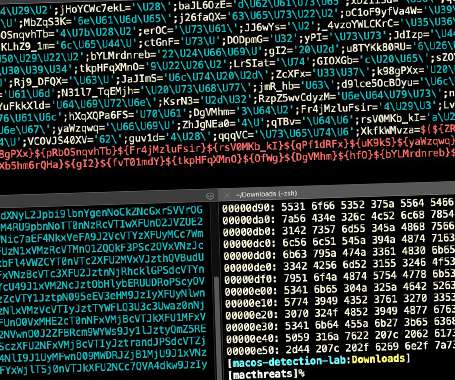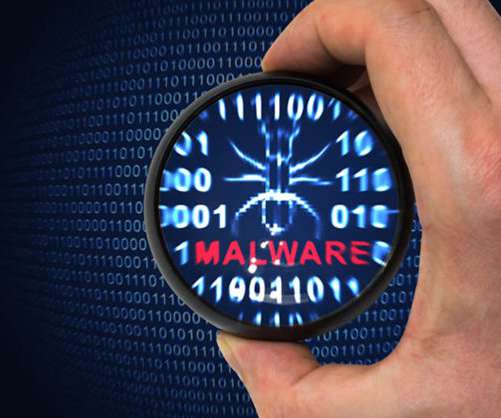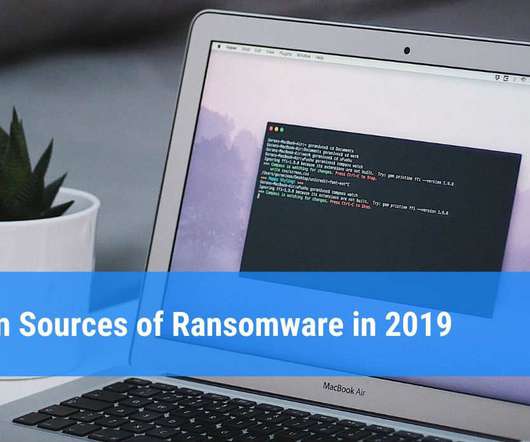New AdLoad Variant Bypasses Apple's Security Defenses to Target macOS Systems
The Hacker News
AUGUST 16, 2021
A new wave of attacks involving a notorious macOS adware family has evolved to leverage around 150 unique samples in the wild in 2021 alone, some of which have slipped past Apple's on-device malware scanner and even signed by its own notarization service, highlighting the malicious software ongoing attempts to adapt and evade detection.












Let's personalize your content